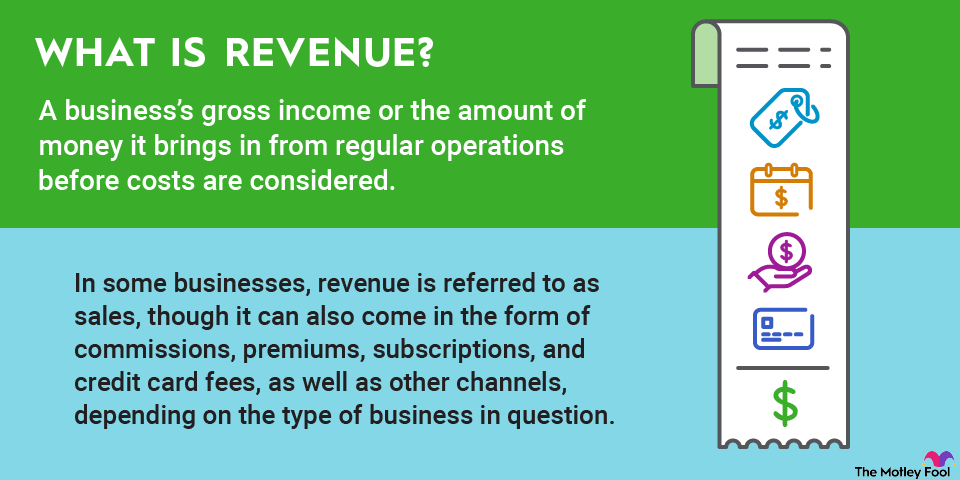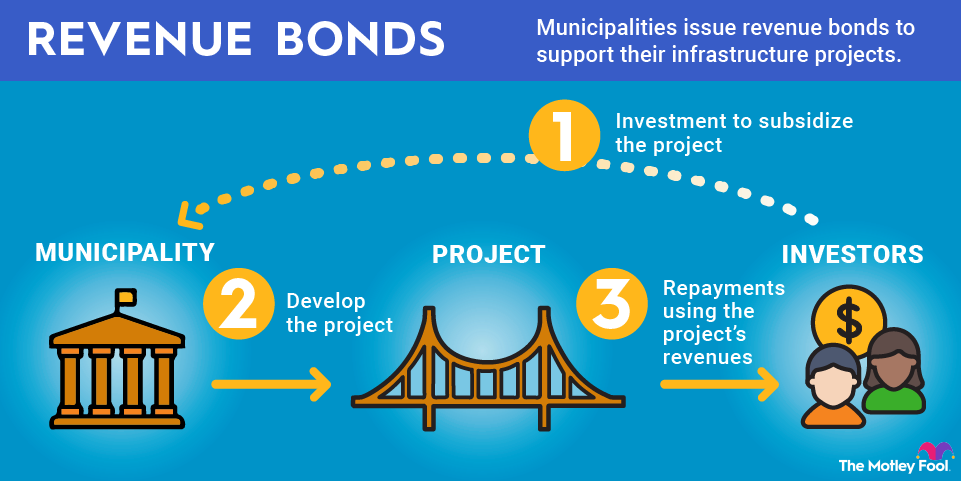If you've ever heard the investing expression "it's not a profit until you sell," it refers to the important concept of realized versus unrealized investment gains. In this article, we'll define what a realized gain is, why it's important to know, and what it can mean to you.

What is a realized gain?
A realized gain is the profit on an investment that you've sold or that has been finalized. This is in contrast to an unrealized gain, which is the gain you've made on an investment that you still own. You may hear unrealized gains referred to as "paper" gains and realized gains as "actual" gains.
As an example, let's say you bought 10 shares of Apple a few years ago for $100 per share. The stock is now trading for $190 per share, giving you a gain of $90 per share or $900 total. However, this would be considered an unrealized gain since you still own the stock. Once you sell, the gain becomes a realized gain.
Why realized gains are important
The most significant thing to know about realized gains is that they trigger a taxable event. Under the current United States tax code, investment profits aren't taxable as capital gains until they are realized.
In other words, it doesn't matter how much your investments have increased in value. You won't pay a penny in capital gains tax until you sell and lock in your profits.
Taxes on realized investment gains
The tax implications for realized gains depend on how long the underlying investment was held, other profits and losses from investments, and your overall taxable income.
First, capital gains are classified as either long-term or short-term for tax purposes. A long-term gain occurs when the underlying investment is held for more than a year, while a short-term gain occurs when a gain is realized after holding an investment for a year or less.
This is significant because long-term gains get preferential tax treatment. Long-term capital gains are taxed at a rate of 0%, 15% (most common), or 20%, depending on your overall taxable income. Short-term gains are taxed at the ordinary income tax rates, or tax brackets. In nearly all cases, the long-term capital gains tax rate is significantly lower.
It's also important to note that realized losses can be used to offset realized gains. For example, if you sell a stock and have a $2,000 realized gain, and sell another stock at a $1,500 loss, your gain for tax purposes will be just $500. If your realized losses exceed your gains, you can use them to reduce your other taxable income by as much as $3,000, with any excess carried over to the next tax year.
Federal Income Tax
There are some exceptions to taxable capital gains. Perhaps the largest is the exemption for primary residences. In simple terms, if you sell your primary home at a profit, you may be able to exclude as much as $250,000 in realized gains from your taxable income or as much as $500,000 if you're married and filing jointly.
Finally, there's an exemption for investments held within retirement accounts such as an IRA. Even if you sell an investment within a retirement account at a massive profit, you won't have to pay any capital gains tax on the sale. If you have a tax-deferred retirement account like a traditional IRA, you only pay tax when you withdraw money from the account. If you have a retirement account funded with after-tax dollars like a Roth IRA, qualifying withdrawals are 100% tax-free, regardless of how much your realized investment gains are.
Related investing topics
A real-world example
Consider this scenario. You are married and have a joint taxable income of $100,000 in 2023. This makes your marginal tax rate, or tax bracket, 22%. Your income also corresponds to a long-term capital gains tax rate of 15%.
Let's say that you have two stocks you're thinking about selling. You have one that you bought just six months ago that has a $2,000 unrealized gain. You've owned the other for three years with a $1,900 unrealized gain.
If you were to sell the first one and produce a $2,000 realized gain, it would trigger a short-term capital gain, taxable at your 22% rate. You'd pay $440 in tax and would have $1,560 in after-tax profit.
On the other hand, if you sold the second stock at a $1,900 gain, you would pay 15% in tax, or $285. You would have an after-tax gain of $1,615. So, even though your realized gain was smaller in the second case, you'd have a larger after-tax gain due to the favorable long-term capital gains tax rates.


















